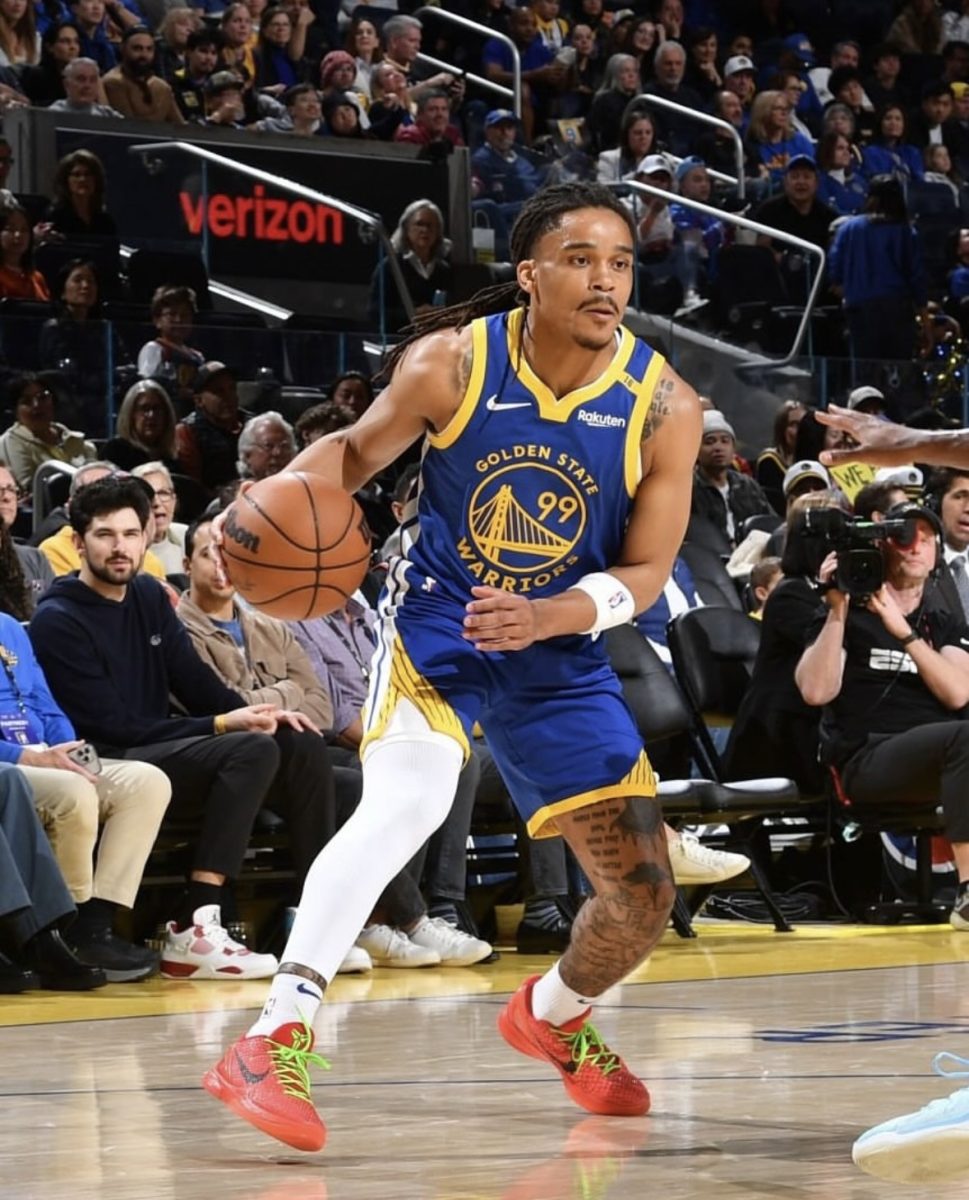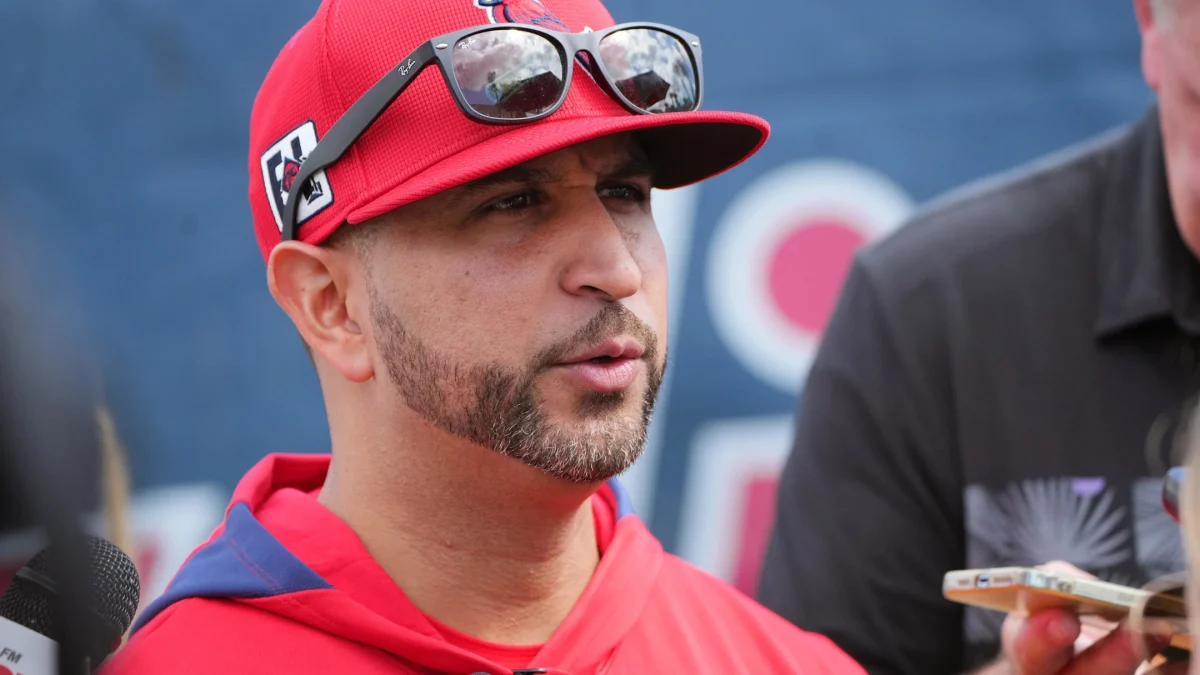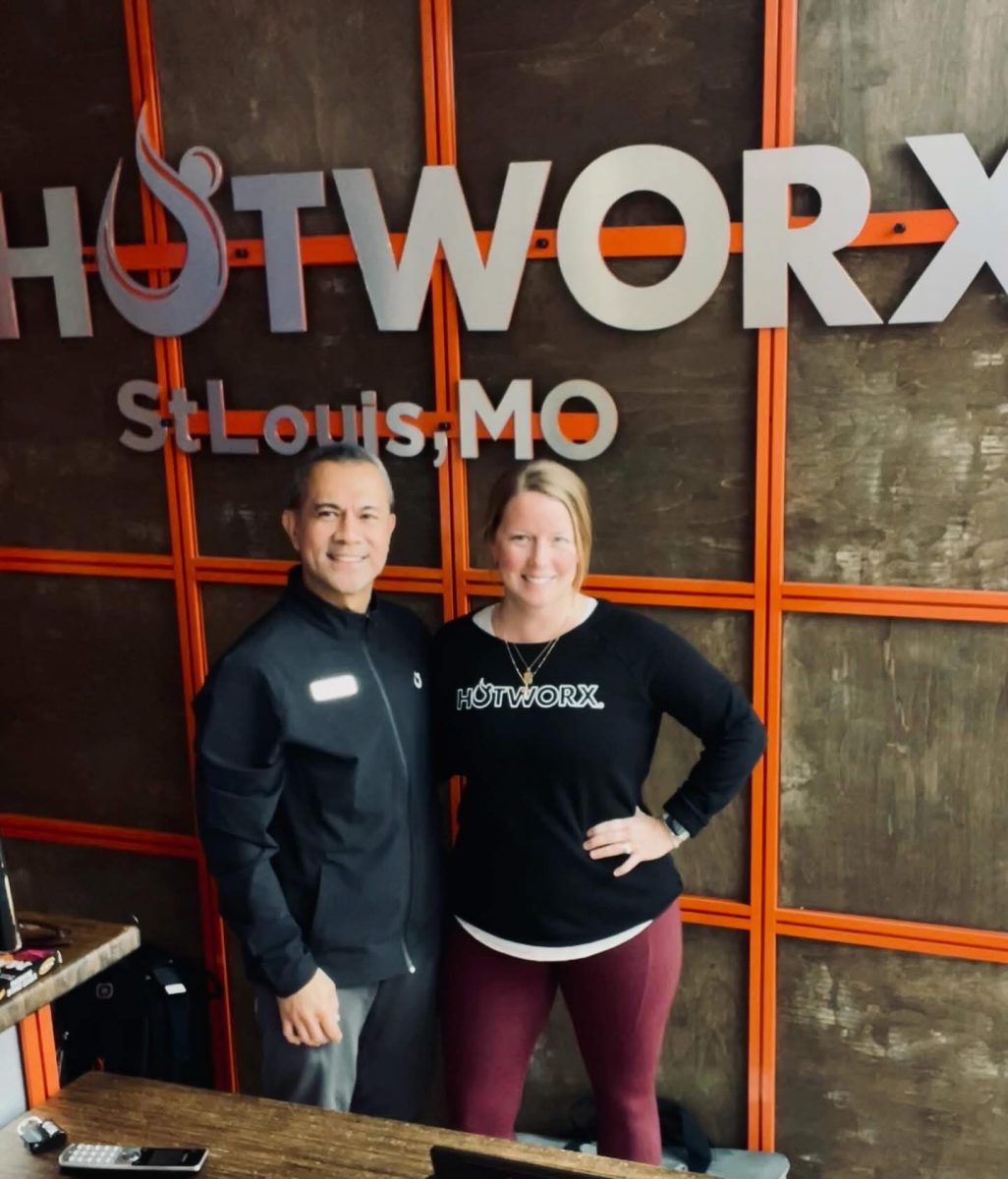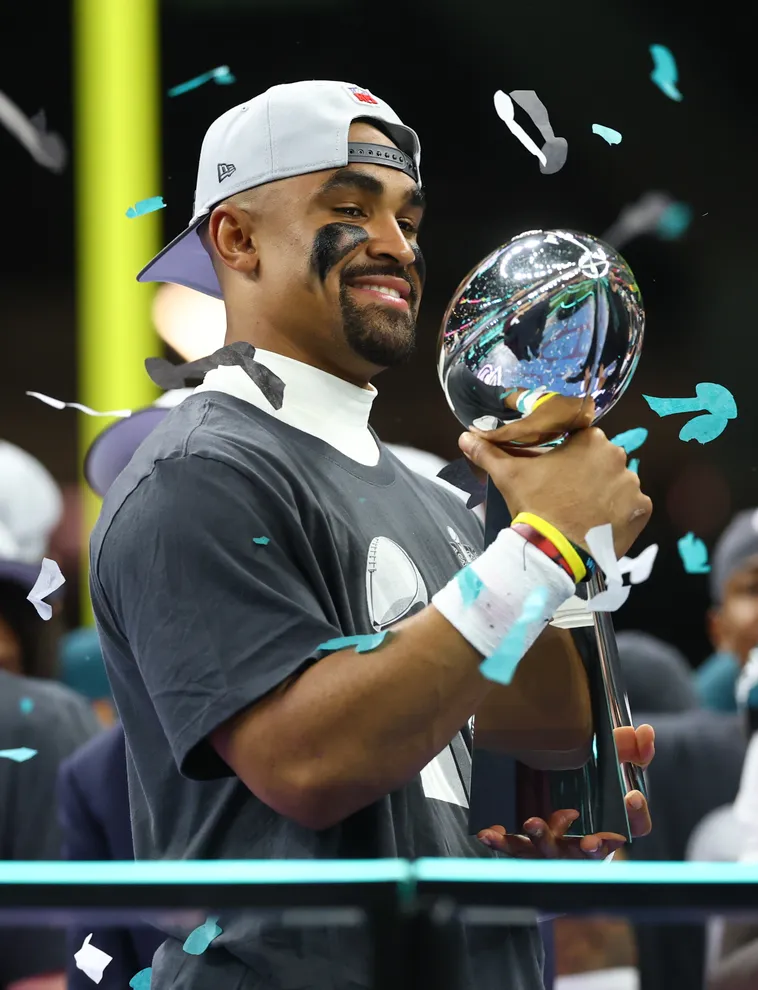About 90 miles.
That is what separates the two greatest single sporting events in the country.
That’s simply called a commute for some people. But the mere hour-and-a-half drive on a really slow mo-ped is all that stands between two of the longest lasting and most enduring sporting events in the history of this country.
They are the culmination of years of work for some people, and they are the steady mainstays in this often turbulent world for others. Some call them races, some call them trials and still others call them ultimate tests of will and courage. But to the masses they are known simply as the Indianapolis 500, and the Kentucky Derby.
The Indy 500 is, simply put, the sporting event that features men with ichor in their veins and jet engines at their back, who fear nothing but the thought of driving the local speed limit. Not only did it give working class Americans a new favorite pastime, but it also made mullets fashionable–no small feat.
If you ever want to see half a million people who voted Ronald Reagan into office, just go to the Indianapolis Motor Speedway on Memorial Day weekend.
Since 1911 the Indy 500 has, without fail, produced two things: sensational crashes and storybook endings. It is, in effect, the underdog-loving, television-watching, Yankee-hating, Anytown-USA fan’s dream. Americans love the storybook ending, but they want to see crashes that defy physics and speeds that defy logic on their way there.
The Indy 500 gives that to them. But it gives so much more. Heroes are made there and corporate sponsorships are in fashion. It’s the Copa Cabana for racing fans.
The sport of the kings, as it is called, found its home at Churchill Downs in Louisville, 129 years ago. Since that time, it has grown into the most competitive, not to mention most-watched, horse-racing event in the country–year in and year out. It is the pinnacle of horse racing season, even though is happens to lie at the beginning and not at the end.
Although it is only the first leg of the Triple Crown, there is never a disinterested audience, an uncontested race or an empty seat in the house. Men who are too small to be allowed to get on most rides at amusements parks, instead ride bastions of grace, beauty and muscle, taking them to the edge and back at every masterful turn. It appears to be effortless; it is anything but.
The sport has made names like Secretariat, Citation and Sea Biscuit legendary. We all have friends who go home for “the Derby” every year, and most of the time it’s because it is a tradition.
But the Derby has a draw, and an appeal, unlike any other. It’s a time-tested and honored tradition that has outlasted every other major sporting event in this country and then some.
The 500 and the Derby have over the past few generations come to symbolize all that is good about American competition and sports. Each year, at each venue legends are made, hearts are broken and dreams come true.
One is called the “Sport of the Kings,” and the other might as well be known as the sport of the commoners. The differences between the two events, and thus the two sports, are countless, but the honor and prestige each has amassed is amazing.
They are the places that hearts are broken, legends are made and dreams are realized.
And all that over the distance of about 90 miles.









